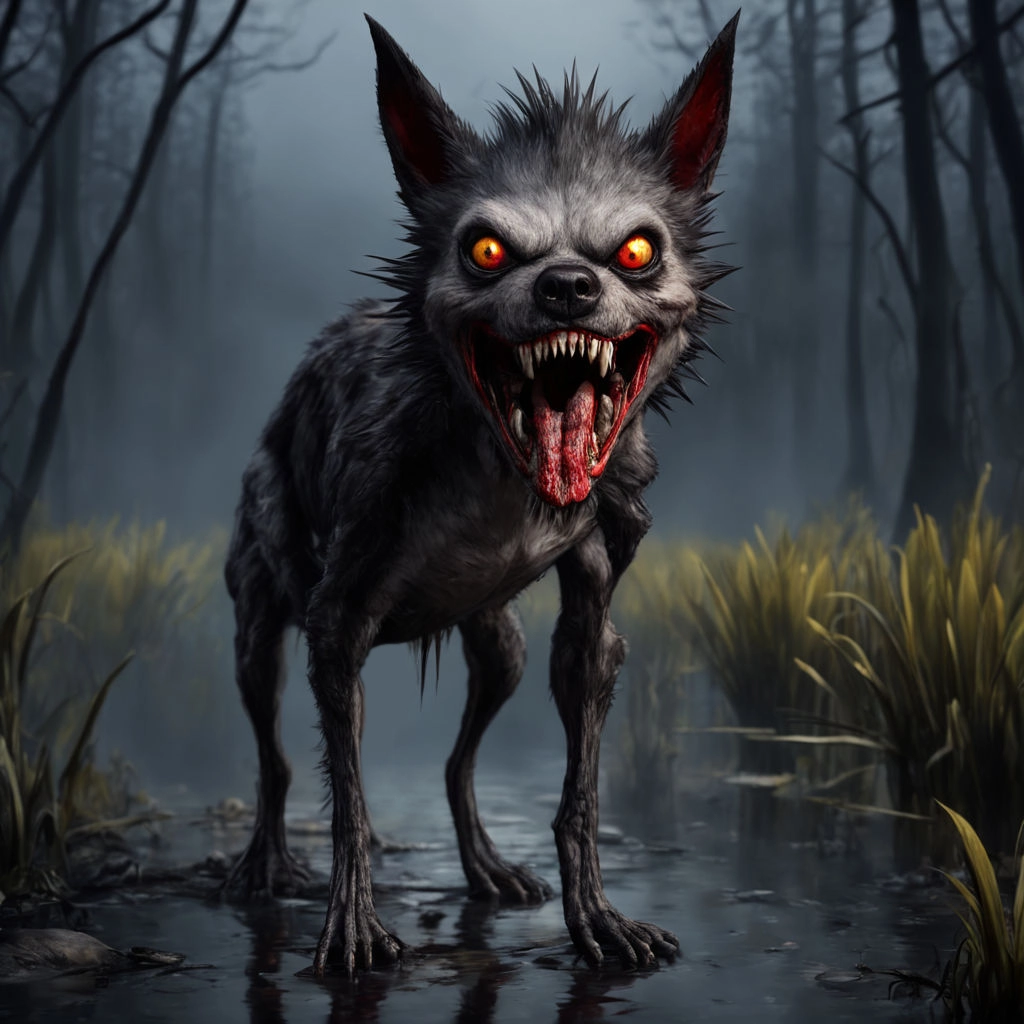The Enduring Fascination with the Chupacabra: The Three Footed Creature

Origins of the Chupacabra Legend
The Chupacabra, a cryptid from Latin American folklore, has sparked widespread intrigue and imagination. Known as the “goat-sucker” in Spanish, it reportedly attacks livestock, draining their blood. The legend began in Puerto Rico in the mid-1990s with reports of mysterious animal killings and sightings of a reptilian creature with glowing red eyes and spikes along its back. These early accounts fueled fear and speculation, quickly spreading beyond Puerto Rico and becoming a fixture in popular culture worldwide.
Cultural Significance and Popularity
The Chupacabra quickly became a cultural phenomenon, inspiring a plethora of books, movies, and television shows centered around its legend. Its image has been immortalized in art, literature, and folklore, solidifying its status as one of the most iconic cryptids of modern times. Beyond its entertainment value, the Chupacabra holds symbolic significance in Latin American culture, representing primal fears and the unknown forces of the wilderness.
Reported Encounters and Sightings
Despite skepticism from skeptics and scientists, reports of Chupacabra sightings continue to surface, with eyewitnesses describing encounters with a creature resembling a mix of reptilian, canine, and alien features. These sightings have been documented across various countries, including the United States, Mexico, and parts of South America, with each report adding to the mystique and lore surrounding the Chupacabra. While many encounters can be attributed to misidentification or hoax, some remain unexplained, fueling speculation about the creature’s existence.
Scientific Interpretations and Debunking Efforts
From a scientific standpoint, explanations for the Chupacabra phenomenon vary widely. Some researchers attribute sightings to known animals afflicted with diseases or genetic mutations, such as coyotes or dogs suffering from mange. Others suggest that mass hysteria, folklore, and cultural beliefs play a significant role in shaping perceptions of the creature. Despite numerous investigations and attempts to debunk the myth, the Chupacabra continues to elude conclusive scientific explanation, remaining a tantalizing mystery for enthusiasts and skeptics alike.
Conclusion
The Chupacabra phenomenon serves as a testament to the enduring power of myth and folklore in shaping our understanding of the world around us. Whether viewed as a real creature lurking in the shadows or a product of collective imagination, the Chupacabra embodies humanity’s primal fears and fascination with the unknown. As long as reports of mysterious animal attacks and sightings persist, the legend of the Chupacabra will continue to captivate the hearts and minds of those drawn to the mysteries of the cryptid world.

